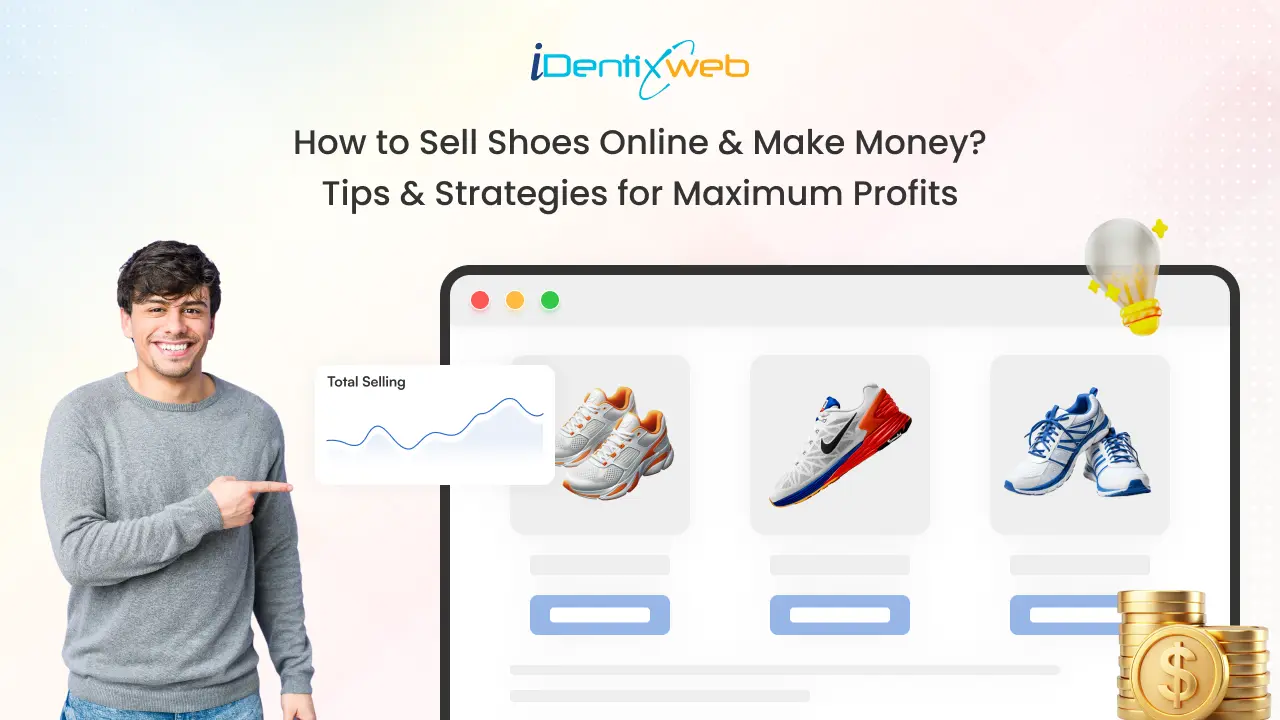
Ever wondered why shoes are a hot commodity to sell in the United States?
It’s because by the end of 2025, the footwear ecommerce industry will become the largest revenue generator in the United States. Its revenue will reach a staggering $102 billion.
Selling shoes online is a fantastic way for people to earn some passive income or, better yet, a full-time business!
With the right approach, you can target the footwear segment. Below is a complete breakdown of how to start selling shoes online, the best platforms to sell on, tips, and strategies for earning profits in the footwear industry.
But what kind of footwear do you see yourself selling? Let’s start with the different types of footwear available in the market.
What are the Types of Shoes You can Sell Online?
Before you plan on starting your online shoe store, choose the type of shoes you want to sell. There are multiple options available:
- Athletic shoes: Sports-related shoes like cleats, running and training shoes.
- Casual shoes: Slippers, loafers, and sneakers.
- Outdoor shoes: Hiking and trail shoes.
- Industry-specific shoes: Footwear for hospital or construction workers, orthopaedic shoes.
- Business shoes: Derbies, oxfords, and brogues.
- Luxury shoes: Brands such as Calvin Klein, Balenciaga and more.
Apart from these types of shoes, you can also sell used shoes online. 93% of the shoe sales are non-luxury. This means people are searching for budget-friendly options for footwear.
Now that you have your inventory set up, let’s go through some crucial steps to prepare you before you set up your store.
Steps to Take Before Setting up Your Footwear Ecommerce Store
Register Your Business
It doesn't matter if you are running an online or offline store; you must register your business before selling anything.
Look up local state or federal registries based on your location. For example, US entrepreneurs can register through the U.S. Small Business Administration.
Market Research
Conduct market research on which type of shoe will be most profitable for you. Research based on the following key points:
- Location
- Gender
- Pricing
- Lifestyle
- Income
- Competitors
- Distribution channels
Storage
You need space to keep your shoes before you package and send them on their way. Storage solutions can be a dedicated space at your home, a warehouse, or a rented storage facility. Wherever you choose, ensure it’s organized and safe.
Ecommerce Platform
The most important step is to build a dedicated website to sell your shoes online. Select a platform that fits your needs and budget.
There are many online platforms where you can set up shop to sell online shoes instantly. Here are some of the best ones.
Choosing the Best Place to Sell Shoes Online
Shopify
One of the most popular choices for online entrepreneurs, Shopify offers an easy drag-and-drop interface to set up a fully functional website. It offers powerful API integrations, a vast Shopify App Store, and customizable themes to create a user-friendly website without any coding experience.
Click here to see Shopify's pricing.
Pros
- It’s user-friendly. Easy learning curve.
- Shopify Markets feature is perfect for selling internationally.
- Shopify’s Point of Sale systems help manage inventory and payments in online and offline stores.
Cons
- Expensive multi-user plans. Merchants cannot add additional staff on the starter pack.
- Charges a transaction fee when not using Shopify Payments.
- Limited number of free themes (13 as of May 2025).
eBay
eBay is another giant in the online shopping game. It offers both fixed price listing and auction-based selling. However, a fixed price listing is the way to go for an item like shoes. It’s one of the most popular marketplaces in terms of visitors, and it offers a huge selection of categories for people to buy and sell.
Click here to see eBay’s pricing.
Pros
- Sellers can list products under various formats, such as fixed-price or auction.
- Can list more than 1000 products for free every month.
- Great marketplace for reselling.
Cons
- Limited customization as compared to its competitors.
- Buyers look for auctioned items at a lower price. This affects your sales.
- Unlike your own store, listing on eBay limits you from creating a brand identity.
StockX
StockX is one of the most popular shoe selling platforms. This is another marketplace that is perfect for reselling. In StockX, buyers can place bids on items, and the item will be sold to the highest bidder. It is a very popular platform for resellers, operating on a real-time marketplace where they can list items and set a timer.
Until the time runs out, the buyers need to place their bids. The seller can accept a bid he or she likes and sell the item.
Click here to check out the pricing of StockX.
Pros
- Real-time marketplace with transparent pricing.
- No hidden fee. Everything, including the buyer’s premium & shipping cost, is visible during checkout.
- All items sold are first authenticated by experts on the StockX team. If the authentication fails, it returns to the seller. This makes StockX a trusted marketplace for buyers.
Cons
- Buyers need to pay the shipping costs. This may make them choose another marketplace.
- The high demand can cause the pricing to exceed the retail value.
- Shipping delays may occur due to the strict authentication process.
Amazon
It’s no surprise that every seller has once considered selling on Amazon, the most popular online marketplace for customers in the United States. Third-party sellers contribute a huge part to Amazon’s revenue, with almost 60% of total paid units in Amazon’s marketplace.
Click here to have a look at the seller's fee for Amazon.
Pros
- A trusted brand name for your business.
- Access to the largest customer base.
- Fulfilment by Amazon (FBA) provides help with picking up your items, packing, shipping and handling returns.
Cons
- High selling fee as compared to other marketplaces.
- Highly competitive.
You have to list your products once you select your ecommerce marketplace. Have a look at the tips below for product listing.
4 Product Listing Tips to Sell Online Shoes Instantly
SEO
Research relevant keywords to help your shoes pop up when customers search for the item. These keywords should be added to the title, product description, and any other relevant sections in the ecommerce platform.
Pricing
Whether you are selling used or brand-new shoes, conduct market research on the pricing so it does not exceed the current market value. Do a competitor analysis on similar products and set your prices accordingly.
Product description
Any customer who visits your store needs to know exactly what they are getting. Write a detailed product description including shoe size, colour, brand name, type, condition and benefits.
Product images
Take photographs of your shoes from every angle. Displaying your products in every way is important for buyers to make a choice. Use online tools to edit the photos if necessary. To offer an even richer shopping experience, consider using 3D Product Viewer app, which allows customers to view products in an interactive 3D format.
Effective sales and marketing are important to sell any product. Let’s understand some of the best online shoe store tips and strategies to boost your sales.
Sales & Marketing Practices for Footwear Ecommerce
Upselling and Cross-selling
This is a great way to increase your revenue if you are selling different variants of the same product or if you decide to sell various types of shoes.
For example, if a customer comes across business shoes, try cross-selling a slipper to use at home. For upselling, suggest an upgraded version with some extra benefits to entice them to buy.
Social Media Marketing
Your online store is not enough to promote your shoes. Use social media channels to promote your products to increase their reach. Create a great landing page and run ads on different platforms to increase sales.
Testimonials
Customer reviews are a fantastic way to build trust. Encourage customers to leave feedback or reviews once they receive the item. Use email marketing or website integration to collect these reviews.
Logistics
No online business is complete without order fulfilment. Use safe and strong boxes to pack your shoes. Make sure you use the proper tools to track the order. Also, it’s essential to provide an accurate timeline for shipping and delivery.
Customer Service
Your job is not done once the items are delivered. Set up an easy customer service channel for them to solve any queries that might come up with your item. Make use of different channels such as live chat, phone calls, and email.
Read the success story of Stonz, a company that makes eco-friendly footwear for babies and children. Lisa Will, founder of Stonz, started the company when she faced difficulties keeping the shoes on her child when she used to go hiking. Today, its monthly revenue is $185k.
So, what did we conclude from this article?
Selling Shoes Online is Challenging But Profitable
The footwear ecommerce industry is competitive, but with the right approach, you can sell shoes online instantly. Consider using powerful online tools for ecommerce, sales, and marketing to aid you in your journey.
It doesn’t require a genius to sell shoes online. Take the first step today and start your research for a good side hustle or, even better, a full-time business.
FAQs
How to sell shoes online?
To sell shoes online, first, you need to pick the type of shoes you want to sell. Next, you need to conduct market research. Furthermore, you require storage solutions and a good ecommerce platform to run your online store.
Where to sell shoes online?
There are numerous platforms where you can set up your store and sell shoes online. Some of the best places to sell your shoes are Shopify, eBay, Amazon, and StockX.
Can I sell designer shoes online?
Yes. You can sell designer shoes online. Choose from a wide range of luxury marketplaces like Net-a-Porter, Farfetch, and Vestiaire Collective.
Where to sell used shoes online?
You need to find reselling marketplaces to sell used shoes. Popular reselling platforms include eBay, Facebook Marketplace, and Etsy.
Is it profitable to sell shoes online?
Absolutely. The footwear industry is the largest revenue generator in the United States. You can earn massive profits by selling shoes online.

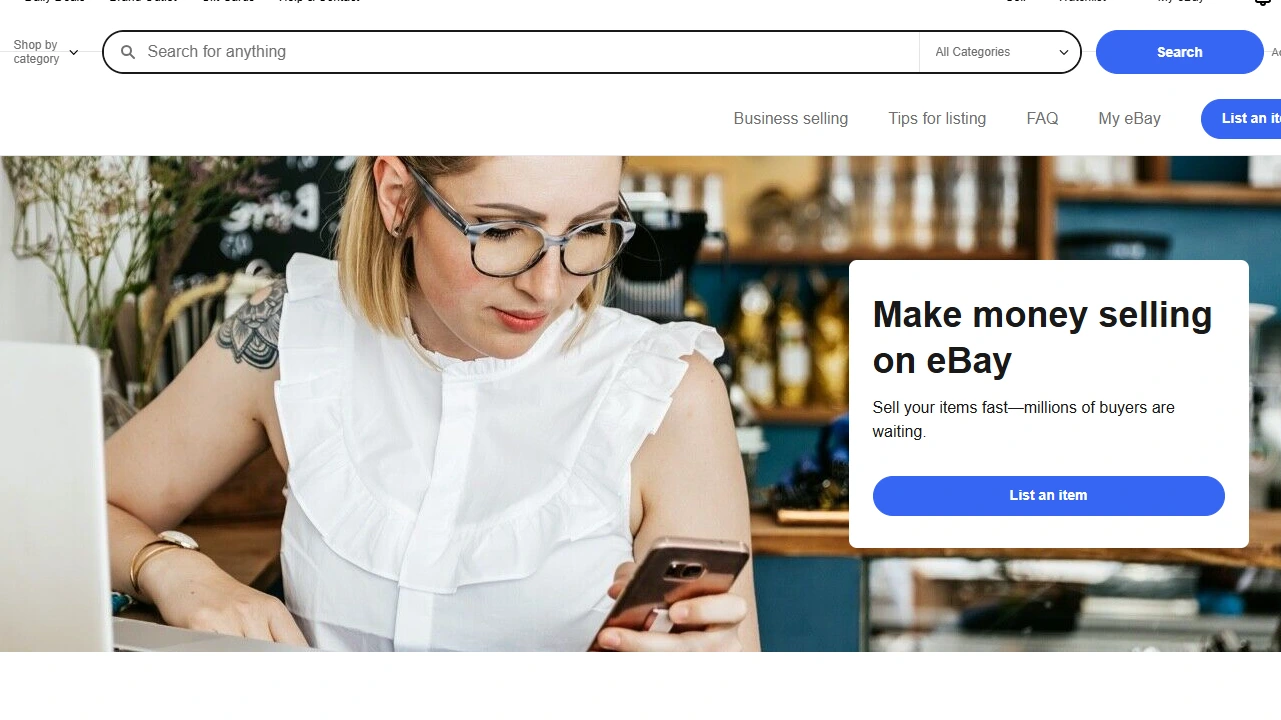
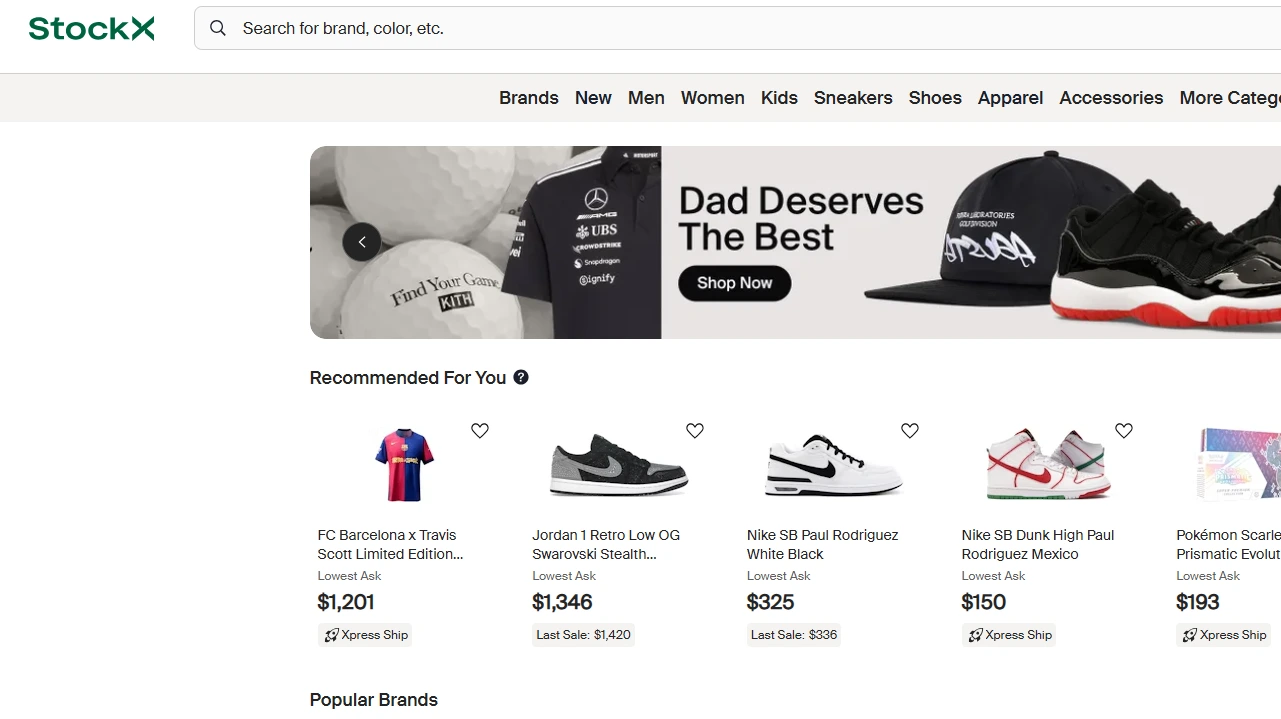
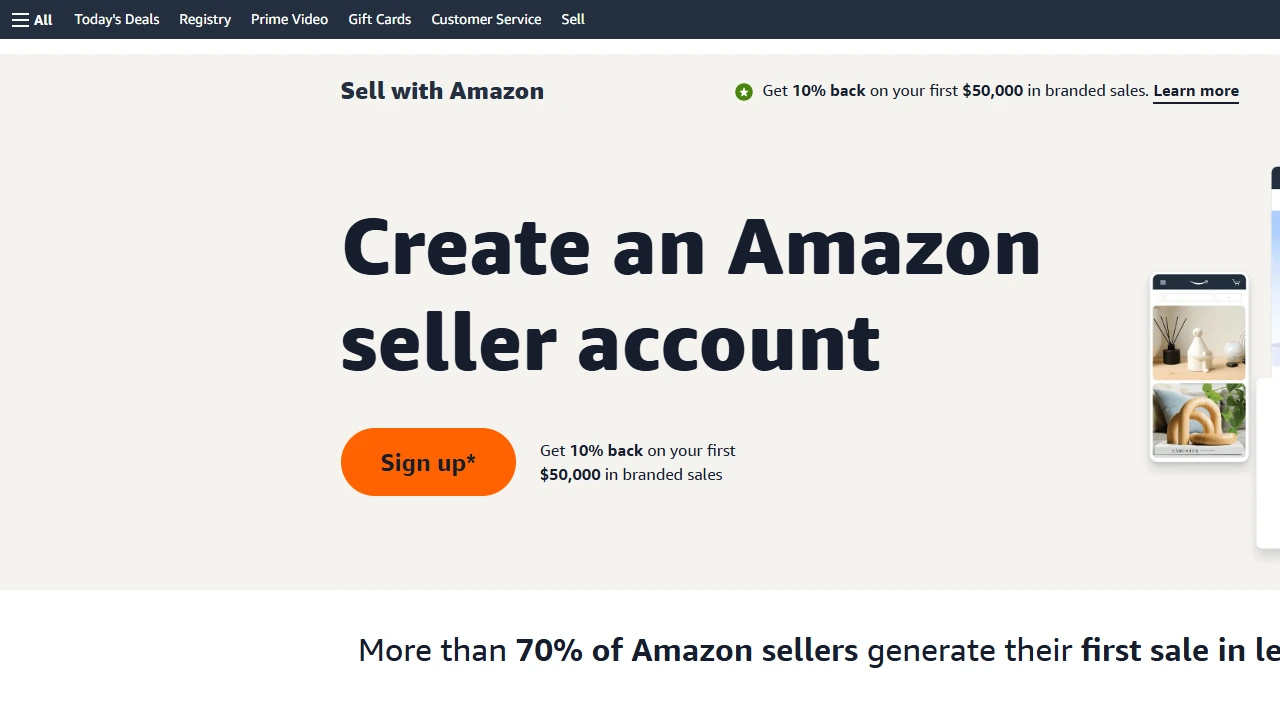
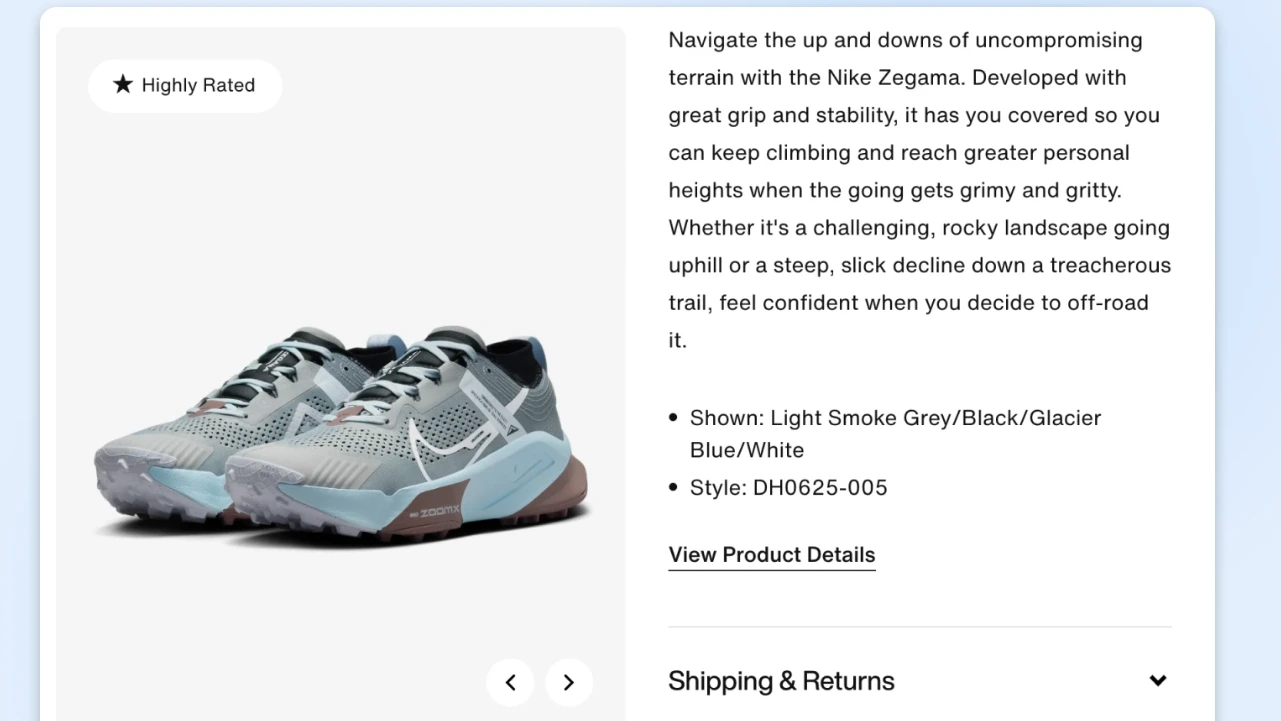

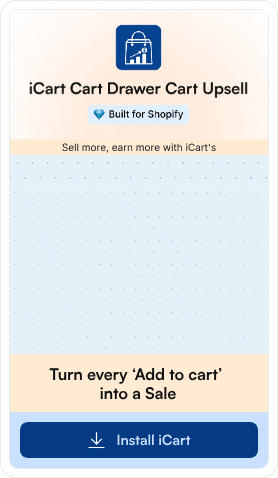
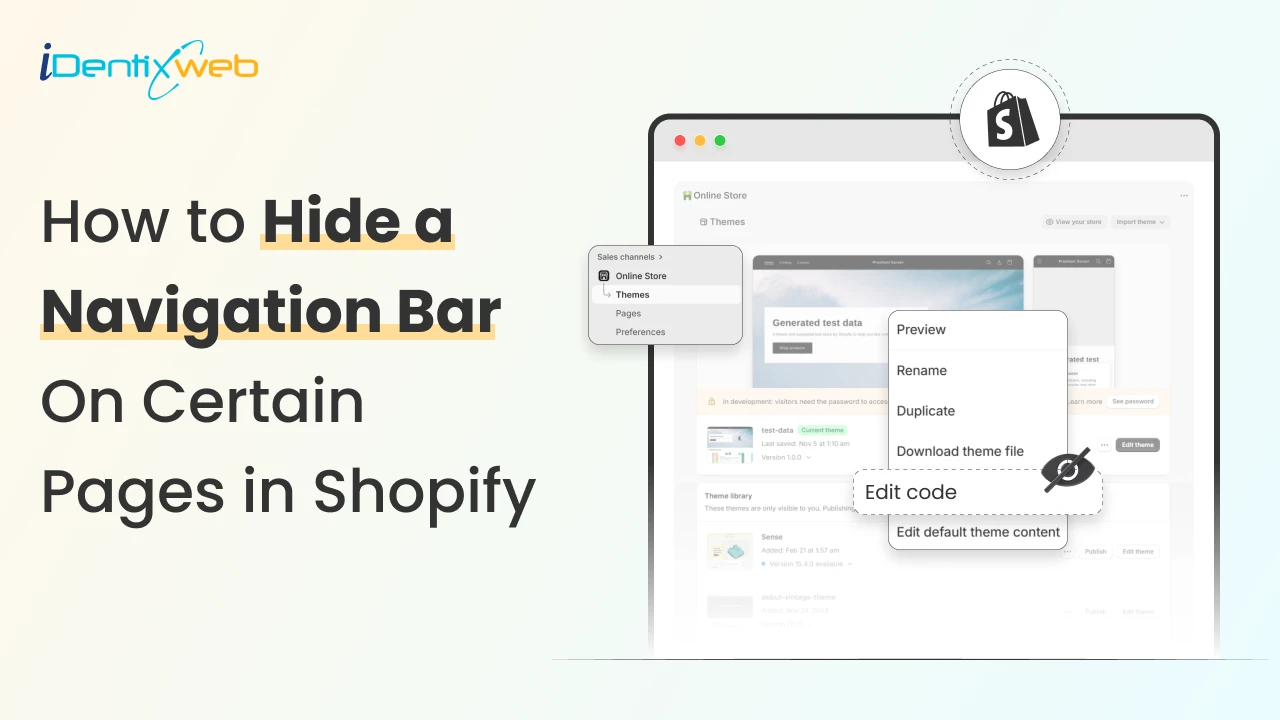
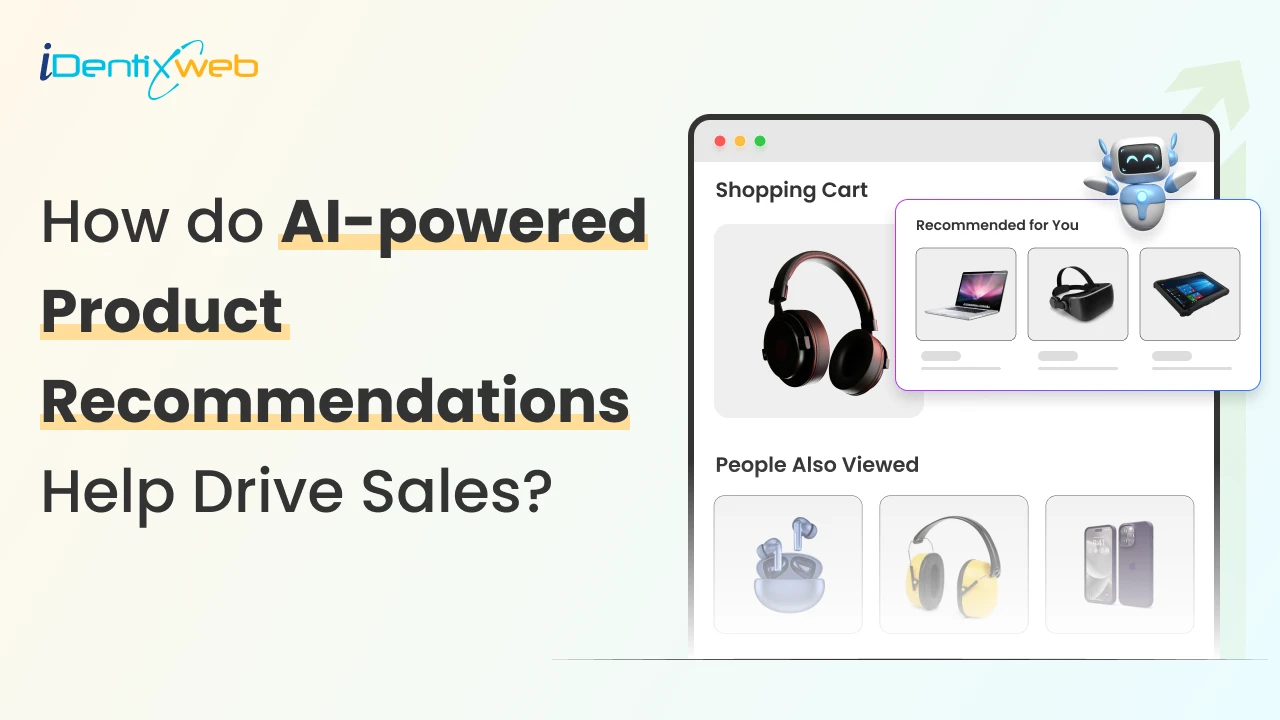

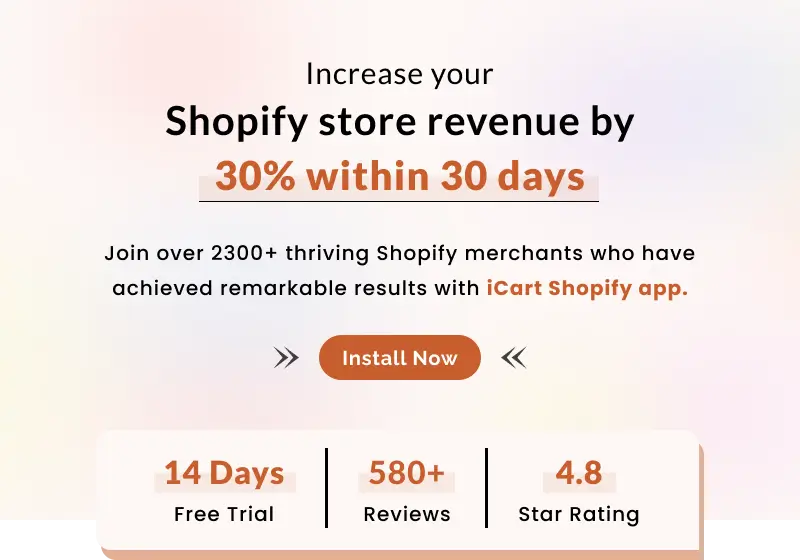
About the author
Vineet Nair
Vineet is an experienced content strategist with expertise in the ecommerce domain and a keen interest in Shopify. He aims to help Shopify merchants thrive in this competitive environment with technical solutions and thoughtfully structured content.